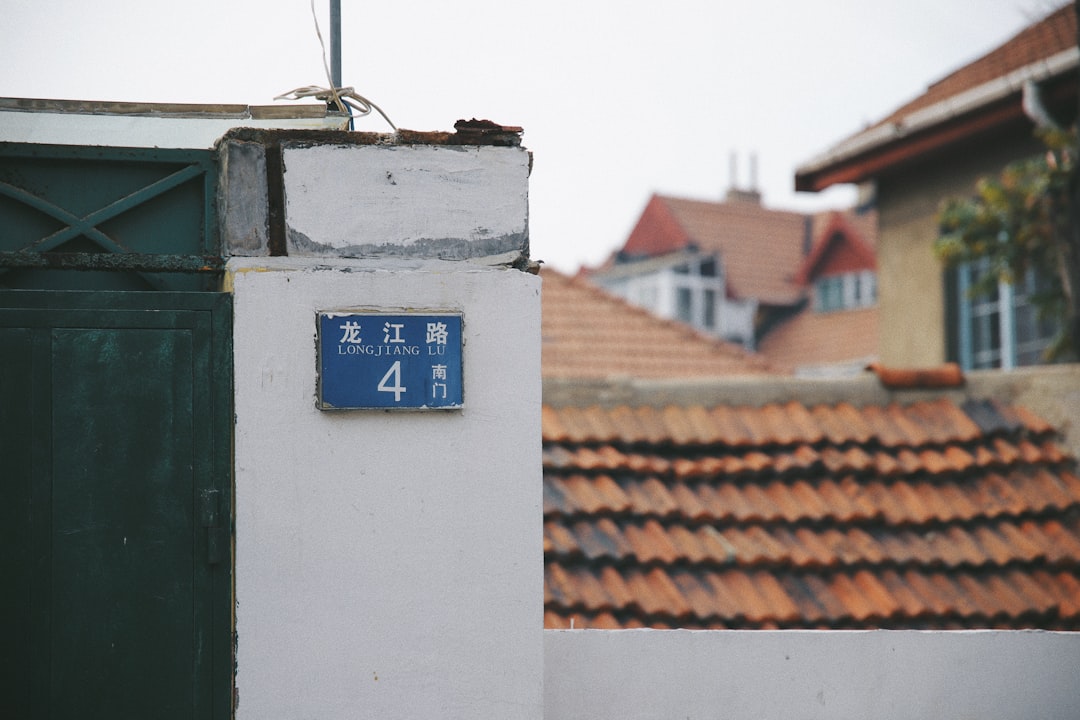
Composting toilets are increasingly popular in eco-friendly residential construction. For contractors, understanding the costs involved is crucial. Typically, costs range from $2,100 for a basic retrofit to $6,500 for a premium split-system. This guide provides a detailed breakdown of these costs, helping you deliver accurate estimates and manage budgets effectively.
• Equipment purchase
• Installation labor
• Long-term operation and maintenance
Composting toilets generally fall into two categories:
• Self-contained units: $950–$2,200 per unit. These are ideal for remodels where the floor structure can support additional weight.
• Split-system units: $1,800–$4,000 per unit. These offer higher capacity and reduced odor risk, suitable for new builds.
Labor costs depend on the project's scope and accessibility:
• Retrofit into existing bathroom: 6–10 labor hours at $75–$110/hr.
• New-construction rough-in: 4–6 labor hours at $70–$95/hr.
• Vent stack and wiring: add 2–4 labor hours.
Typical total labor costs range from $750 to $1,450, with potential savings through efficient scheduling.
Composting toilets require minimal water but need regular maintenance:
• Bulking material: $45–$90 per year.
• Annual service kit: $60–$120.
• Homeowner labor: 15–30 minutes per month.
• Climate zone: Heating pads may add $150–$300.
• Occupancy level: Correct sizing prevents odor issues.
• Permit requirements: Some areas require engineered drawings.
• Finishing details: Custom cabinetry can add $200–$600.
While composting systems have higher upfront costs, they avoid expensive septic upgrades and reduce water bills, offering long-term savings.
• Order vent kits and flanges together to avoid extra charges.
• Schedule carpentry before painting.
• Bundle eco-fixtures for bulk discounts.
• Use AI tools to document site details.
• Include a user orientation to reduce callbacks.
1. Capture model preferences with voice notes.
2. Match preferences to a cost database.
3. Scan blueprints for optimal vent paths.
4. Adjust labor tasks for local wage data.
5. Generate a shareable proposal with cost tables.
Entry-level retrofit: $2,100–$3,400, including demo and installation.
Premium new build package: $4,800–$6,500, covering all components and first-year maintenance.
• Streamlined workflow reduces office time.
• Integrated invoicing simplifies payments.
• Transparent cost breakdowns enhance client trust.
Ready to price your next project? Visit CountBricks.com for more information.

A Bronx homeowner sought to reduce water usage without major plumbing changes. Using our platform, a compact self-contained model was recommended at $1,650, plus a roof vent kit.
• Original estimate: $5,300
• Final proposal: $3,980
• Savings: 11% on equipment, 9% on duct fittings
1. Identified suitable vent cavity, avoiding costly changes.
2. Scheduled electrical rough-in efficiently.
3. Improved cash flow with structured payment splits.
The project finished under budget and ahead of schedule, with a 95% satisfaction rating due to clear cost breakdowns.
• Use voice capture for accurate estimates.
• Offer lifecycle cost comparisons.
• Schedule training for higher bid success rates.
Visit CountBricks.com to learn more.